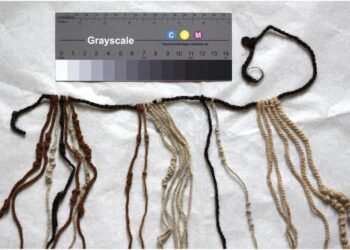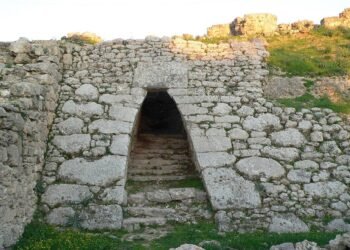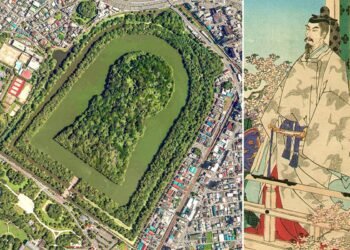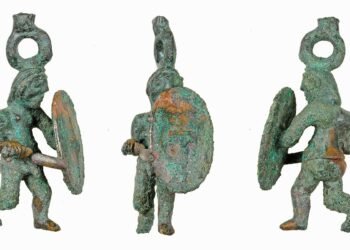An international collaboration of anthropologists, archaeologists, and geneticists has shed light on the migration patterns and ancestral connections of populations residing around the Mediterranean Sea during the Iron and Bronze Ages. The study, recently published in the journal Nature Ecology & Evolution, utilized advanced genetic sequencing techniques to analyze the remains of 30 individuals who lived in regions including Sardinia, Tunisia, and mainland Italy during these historical periods.
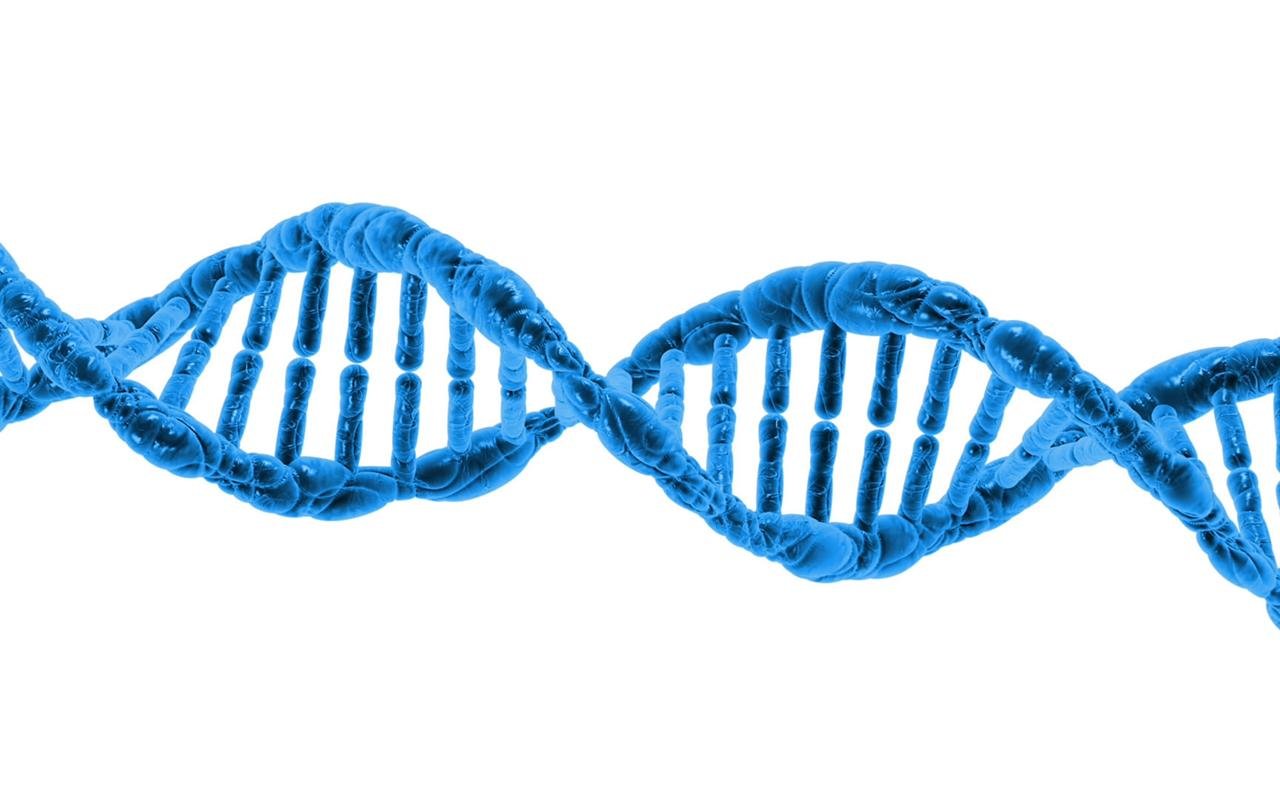
Historically, our understanding of the civilizations that thrived along the Mediterranean Sea during the Iron and Bronze Ages has been largely gleaned from the examination of artifacts left behind. However, this evidence has limitations in revealing comprehensive insights into the backgrounds and origins of these ancient peoples. To overcome this limitation, the interdisciplinary research team embarked on a journey to uncover the genetic footprints of these populations, unraveling migration routes and population dynamics.
Employing shotgun sequencing, a method that involves random sequencing of DNA fragments, the researchers meticulously examined genetic samples extracted from ancient bone remains recovered in Sardinia, Tunisia, and Italy.
Their objective was to unravel the migration patterns of individuals dwelling across the northern, central, and southern regions of the eastern Mediterranean during a time marked by increased long-distance travel due to advancements in maritime technology.
Through rigorous analysis, the team unveiled compelling evidence of widespread migration across the Mediterranean, indicating robust connections between distant communities. The study also illuminated the intricate genetic makeup of Iron Age populations, revealing notable shifts in ancestry within North Africa and Sardinia during the Bronze Age.
This genetic investigation spotlighted a heightened influx of neolithic farmers from present-day Morocco and Iran into Sardinia and Tunisia, with comparatively less migration to Italy.
Dr. Jonathan Pritchard, a genetics researcher at Stanford University and Harvard Medical School, along with Dr. Ron Pinhasi, an evolutionary anthropology researcher affiliated with the University of Vienna and the University of Chicago, co-authored the study.
They emphasized that their findings align with the historical context of the Iron and Bronze Ages when increased maritime travel was a catalyst for migration and interaction, ultimately shaping the genetic fabric of the Mediterranean populations.
Archaeogenetic research emerged as a pivotal tool in unraveling the intricate tapestry of interactions, migrations, and interconnections during this dynamic period. Notably, the study indicated a coexistence of local and non-local ancestries within the central Mediterranean, showcasing the entwined nature of migration and heritage in the Iron Age.
The research unveiled that populations dwelling in the central Mediterranean were characterized by a fusion of indigenous and externally sourced ancestry. These genetic revelations aligned with the thriving maritime activities of the period, including the establishment of colonies, trade routes, and cultural exchanges by entities such as Greek and Phoenician city-states.
Evidently, technological leaps in seafaring paved the way for increased mobility across the Mediterranean, fostering new networks of trade, settlement, and collaboration. This study underlines the pivotal role of genetic mobility in shaping the diverse societies of the central Mediterranean during the Iron Age.
This article is based on information provided by Phys.org, GenomeWeb, and the journal Nature Ecology & Evolution.



